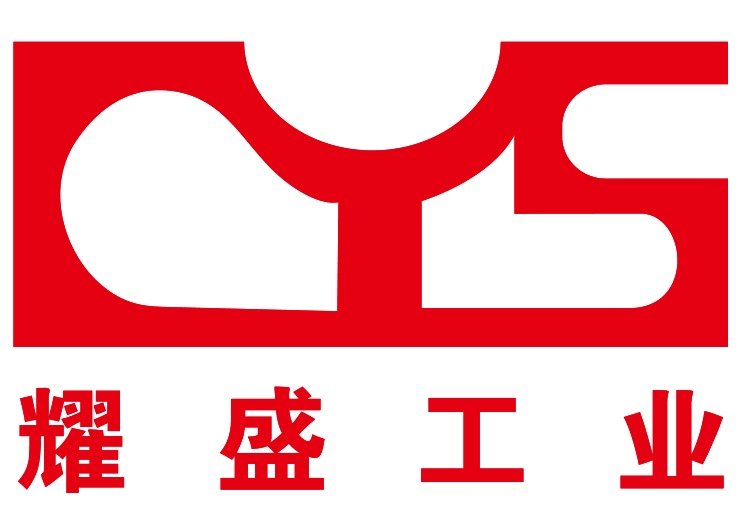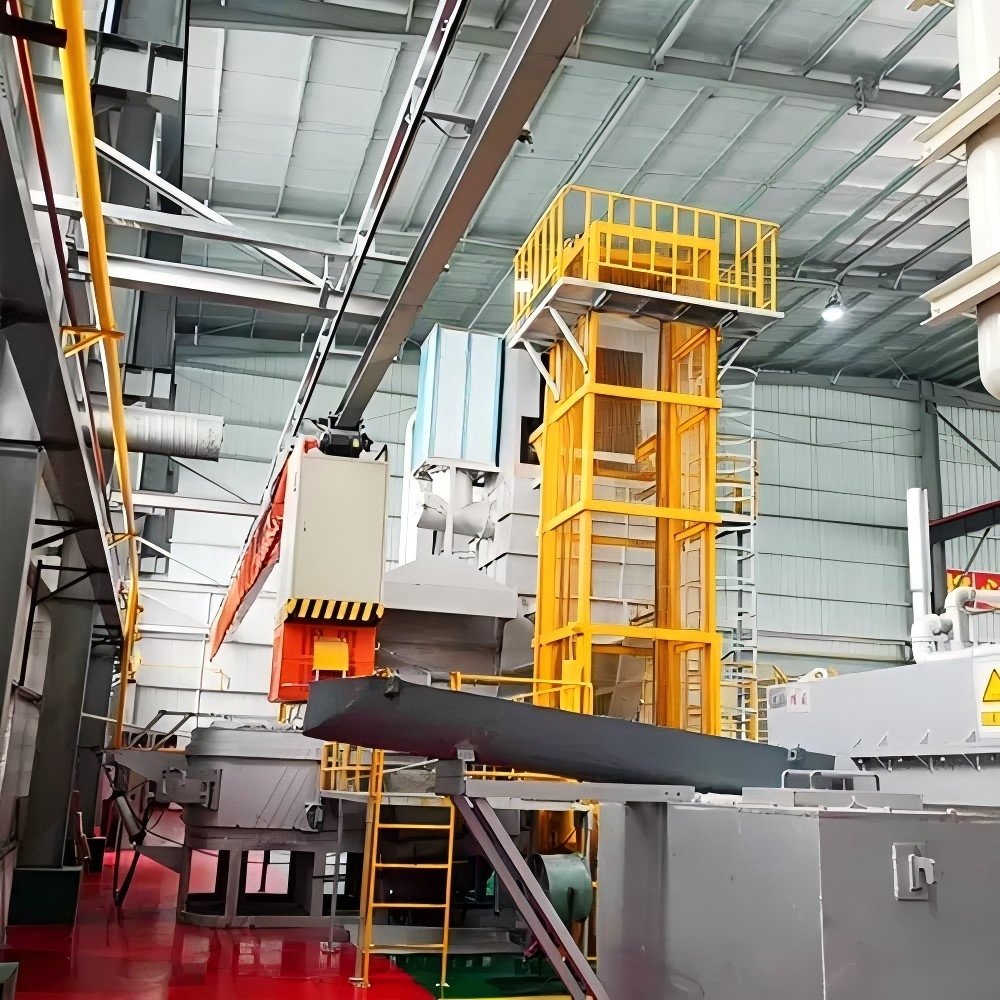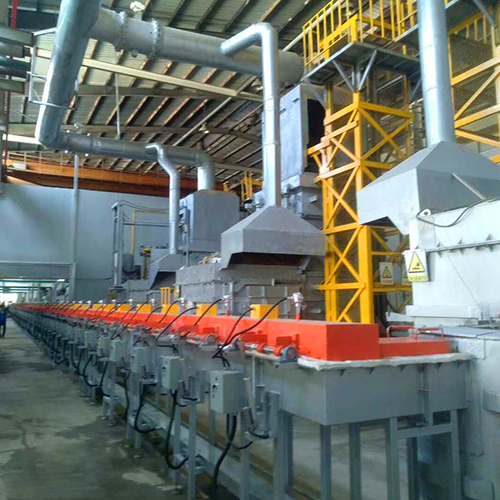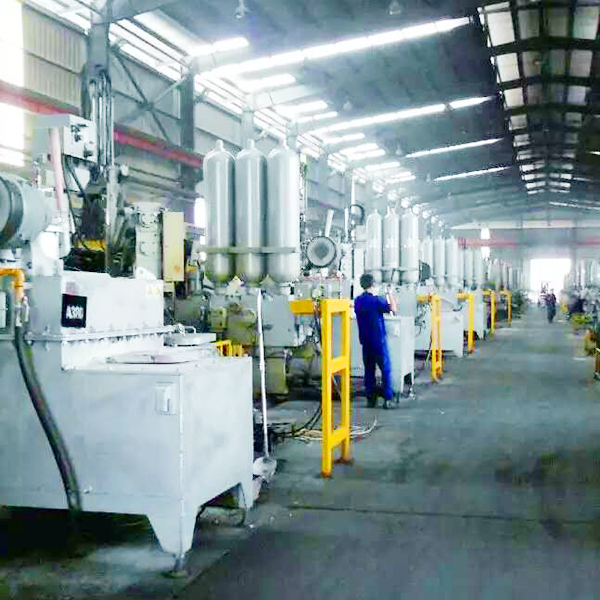When choosing a crucible furnace for aluminum melting, the heating method is a key decision point. Electric and gas furnaces each offer distinct advantages and disadvantages depending on your production needs and operating environment.
🔌 I. Electric Crucible Furnace (Resistance Heating)
✅ Advantages
-
Precise Temperature Control
- Resistance heating elements provide uniform heat around the crucible.
- PID systems deliver quick response and high accuracy (±1–2°C), ideal for alloys needing tight melt and holding temperature ranges.
-
Environmentally Friendly
- No combustion gases: No CO, CO₂, NOx, or SOx emissions. Clean shop air, no need for exhaust treatment systems.
- Low noise: Mainly from circulation fans, much quieter than gas burners.
-
High Thermal Efficiency (under certain conditions)
- Electricity is converted directly to heat with minimal loss, especially during holding.
- Good insulation minimizes heat escape.
-
Simple & Safe Operation
- Easy to start/stop—just switch power on/off.
- No open flames, reducing fire risk. Less stringent environmental safety requirements.
- Easy to maintain (mainly heating elements, thermocouples, and control panel).
-
Controllable Furnace Atmosphere
- Easier to establish inert gas coverage (e.g. nitrogen) to reduce oxidation and hydrogen pickup.
-
Longer Crucible Life
- Even heat distribution reduces thermal stress and localized overheating, helping extend crucible service time.
❌ Disadvantages
-
Higher Energy Cost
- Electricity is usually more expensive than gas per kWh. A major drawback in high-volume or high-rate regions.
- Cold-start melting consumes significant power.
-
Higher Initial Investment
- High-power heating elements and infrastructure (transformers, large cables) add cost.
-
Power Limitations
- Melting capacity depends on available grid power.
- Cold-start heating is typically slower than gas.
-
Sensitive to Power Stability
- Voltage drops or spikes affect heating precision and equipment lifespan.
-
Maintenance Costs
- Heating elements (e.g., SiC or MoSi₂ rods) are consumables with non-trivial replacement costs.
🔥 II. Gas-Fired Crucible Furnace
✅ Advantages
-
Lower Operating Cost (Fuel)
- Natural gas or LPG is generally cheaper than electricity per thermal unit.
- Ideal for large-scale melting in regions with cheap, reliable gas supply.
-
Faster Heating
- Direct flame radiation and convection provide strong heat transfer.
- Faster warm-up and melting, great for quick turnaround operations.
-
High Melting Capacity
- Scaling up is easier—add burners for more heat.
- Less dependent on heavy power infrastructure.
-
Lower Initial Investment (in some cases)
- The furnace itself and gas piping may cost less than electric systems with heavy-duty electrical infrastructure.
- However, exhaust systems may offset this savings.
❌ Disadvantages
-
Lower Temperature Control Accuracy
- Flame fluctuations result in less uniform heating.
- Typically ±5–10°C or more—less suitable for tight-spec alloys.
-
Environmental & Safety Concerns
- Generates exhaust gases: CO₂, NOx emissions require regulation compliance.
- Open flame: Higher fire risk; demands excellent ventilation and leak detection.
- Louder operation: Burner and exhaust noise can be significant.
-
Lower Thermal Efficiency
- Significant heat escapes with exhaust gases.
- Efficiency depends on flue gas temperature and combustion air control.
-
Requires Exhaust System
- Must install chimney or forced exhaust fan—adds complexity and cost.
-
Difficult Atmosphere Control
- Combustion products pollute furnace atmosphere, making protective gas environments harder to maintain.
-
Possible Crucible Damage
- Direct flame contact can cause localized overheating and oxidation.
- Burner placement and tuning are critical.
📊 Comparison Table: Electric vs. Gas Aluminum Crucible Furnace
| Feature | Electric Furnace (Resistance Heating) | Gas Furnace (Combustion Heating) |
|---|---|---|
| Main Advantage | High precision, clean environment, safe, gas control | Low running cost, fast heat-up, scalable capacity |
| Main Disadvantage | High electricity cost, slower cold start | Less accurate, exhaust emissions, lower efficiency |
| Temperature Control | Excellent (±1–2°C), very uniform | Acceptable to moderate (±5–10°C+), less uniform |
| Environmental Impact | Excellent (no emissions, quiet) | CO₂, NOx emissions, louder operation |
| Running Cost | High (electricity) | Low (gas) |
| Initial Investment | Medium to high (requires electrical upgrades) | Medium (gas setup + exhaust system) |
| Heating Speed | Moderate to slow (especially from cold) | Fast heating, great for batch melting |
| Capacity Expansion | Limited by electrical supply | Easier to scale with more burners |
| Safety | High (no open flame) | Moderate (requires fire/explosion precautions) |
| Maintenance | Simple (replace elements & sensors) | Moderate (burners, valves, exhaust systems) |
| Furnace Atmosphere | Easily controlled (for inert gas) | Harder to control (needs sealing + atmosphere control) |
| Crucible Life | Longer (even heating) | Shorter if improperly tuned (localized flame heat) |
| Infrastructure Needs | Stable high-power electricity | Gas supply + exhaust ducting |
🧭 Furnace Selection Guide
✔️ Choose Electric Furnace if:
- You need very precise temperature control (e.g., aerospace-grade or specialty castings).
- Clean, quiet operation is important (e.g., labs or cleanrooms).
- Protective furnace atmospheres (nitrogen, argon) are required.
- Local electricity rates are low or subsidized.
- You’re running small batches or non-continuous melting.
- You need the lowest fire risk possible.
✔️ Choose Gas Furnace if:
- Your priority is lowest melting cost (fuel-dominated OPEX).
- You require fast heat-up and high throughput.
- Natural gas is abundant and cheap in your region.
- ±5–10°C control accuracy is sufficient for your parts.
- You can install and maintain proper exhaust systems.
- Your workshop has good ventilation and safety protocols.
Ultimately, your decision should be based on a combination of production needs (alloy type, capacity, tolerance), cost targets (CAPEX and OPEX), energy availability, regulatory environment, shop floor conditions, and safety preferences.
Need help choosing the right crucible furnace for your application?
[Talk to our engineers now →]






